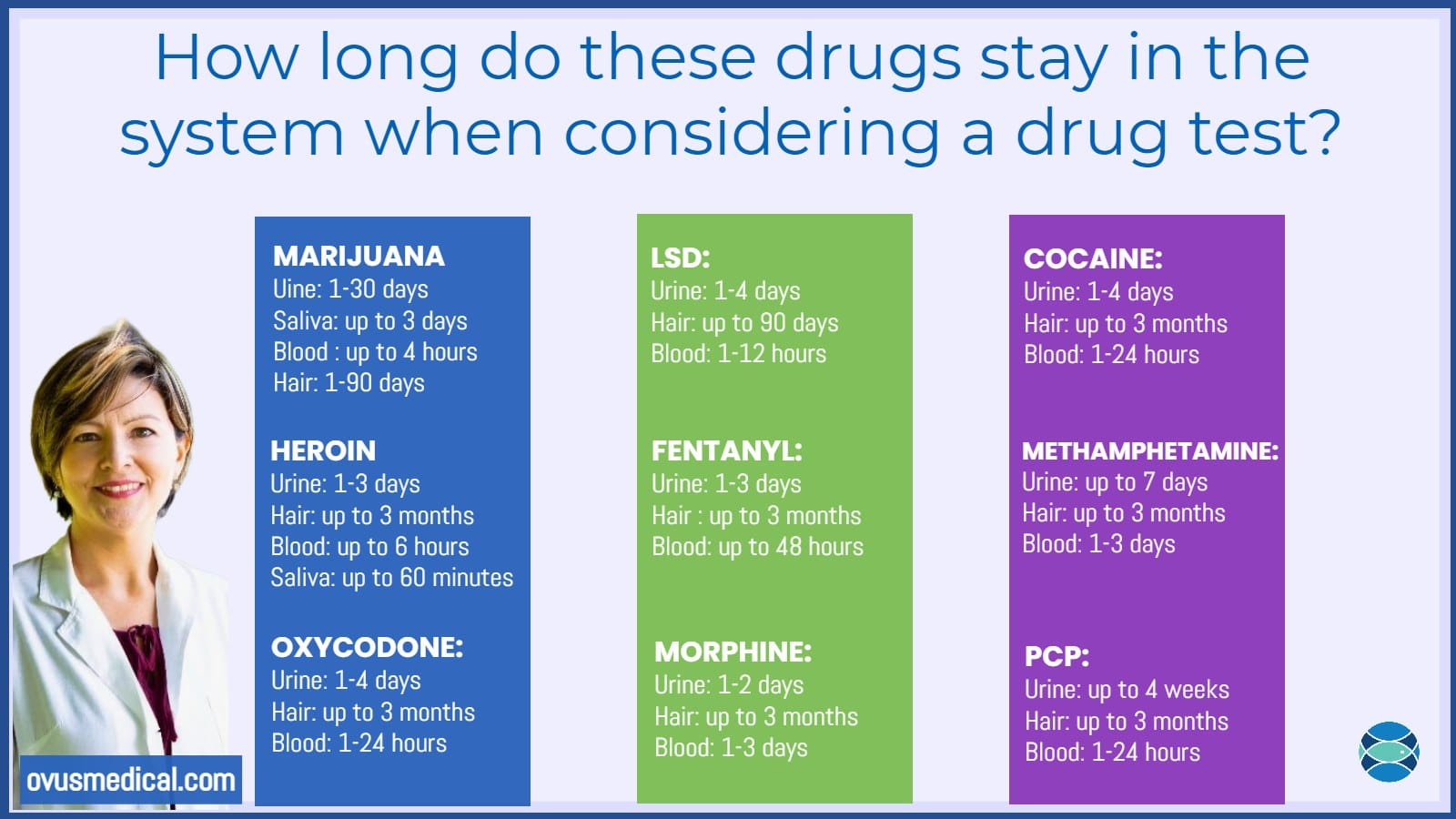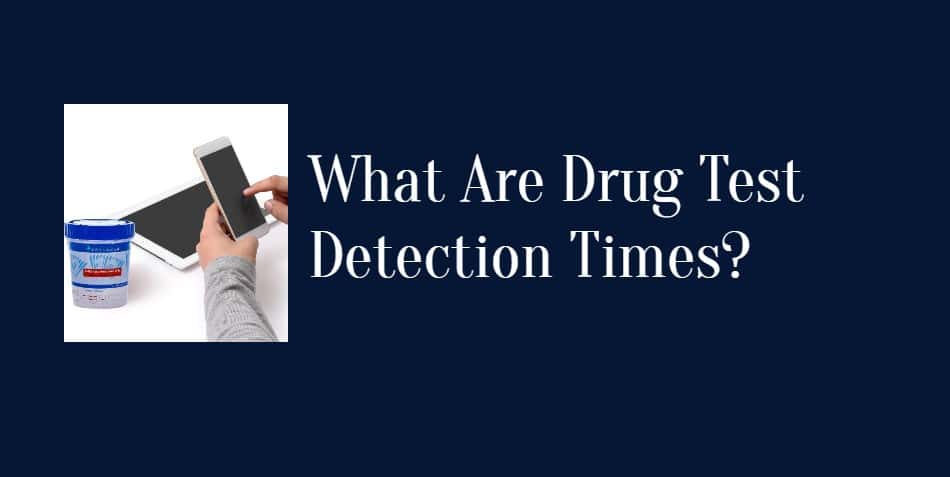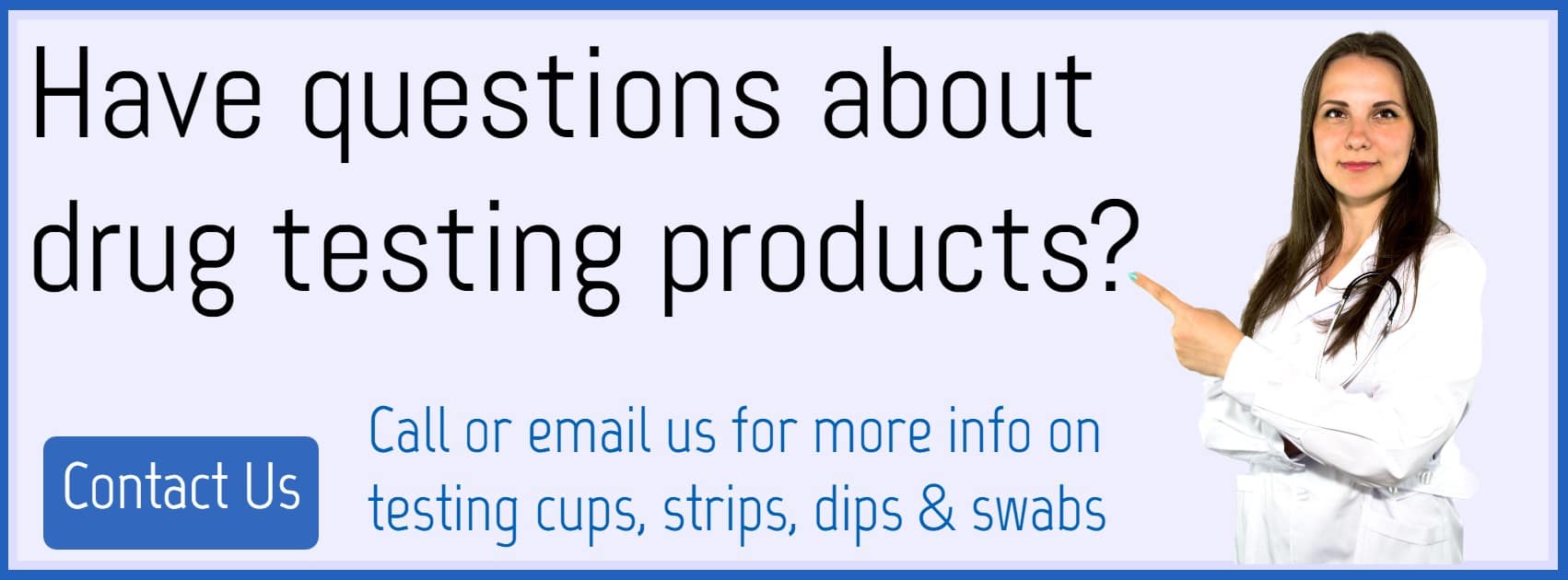Are you an employer wanting to test your staff or new hires? Maybe you’re a parent who needs to test their child for drug abuse or a treatment center looking to test patients. If you are one of these, then this article is for you.
Keep reading to find out all you need to know about drug test detection times. We’ll discuss which drugs these tests can detect, how long the screening takes, as well as how to use a drug testing kit.
Who Uses Drug Tests?
There are many people who could have a use for a drug screening test. Some of the most common are:
- doctors
- employers
- treatment centers
- sporting events
Types of Urine Tests
There are two main types of urine tests, and both of these will require a urine sample from the patient.
The most common type is an immunoassay (IA) test. This is because it is easy to use and it gives fast results.
The next one is a gas chromatography-mass spectrometry (GC-MS) test, and it’s usually used to confirm the results of the first test. This type of testing can also test for a more comprehensive array of drugs than the IA test; however, they are more expensive to purchase.
Cut Off Levels for Screening
All urine drug tests have cut-off levels. This cut-off level is the level of drug that needs to be in the system for the substance to be detected in the user’s system.
The results are shown in nanograms per milliliter: ng/ml.
It’s vital to have cut-off levels in screening because this helps against false positives. For example, if one has ingested a legal amount of hemp, coca, or opium.
In rare cases, eating a poppy seed bagel can sometimes induce a false positive for opium. Additionally, passive exposure to a drug, such as second-hand smoke, can sometimes produce false positives.
Drug Test Detection Times
There are many factors to consider when considering how long a drug stays in the user’s system; however, the longer someone uses a substance, the longer it can remain in the system. The most common factors that affect screening times are:
- the acidity of the urine
- weight of the patient
- hydration levels
- how long ago the person ingested the drug
Each drug has a length of time that it can be detected in the system. We’ll take a closer look at each one below.

Drug Test Timeline
Every drug has a window in which you can test for its presence. Below we will take a look at the urine drug test timetable.
Amphetamines (AMP)
Also known as speed, this substance can remain for up to 2 days in the system.
Alcohol (ALC)
Alcohol stays in the system for 7–12 hours, depending on the amount consumed.
Barbiturates (BAR)
This active ingredient is found in a range of prescription pills. Also known as downers, these can be detected in the system for 2 to 15 days.
Benzodiazepines
Commonly referred to as benzos, this prescription medication can be detected within 2 to 10 days of consumption.
Cannabis (THC)
Cannabis is widely known to many as marijuana or weed. This substance can remain in the system for 3 to 30 days, depending on the frequency of use.
Cocaine (COC)
Cocaine can be detected in the system for 2 to 10 days after consumption. This also applies to crack cocaine.
Methadone (MTD)
Methadone is used to treat heroin addiction, and this prescription medication can last 2 to 7 days in the system.
Methaqualone
Known to many as Quaaludes, this prescription medication can last 10 to 15 days in the system, depending on consumption.
Opioids (OPI/MOR)
This category includes heroin, opium, codeine, and morphine, and these substances can remain in the system for 1 to 3 days.
THC Urine Drug Test
If you just need to test for the presence of THC, then there are THC drug testing strips that you can purchase. The cut-off level for THC is 50 ng/ml.
THC detection times can vary depending on the amount consumed.
10-Panel Drug Test Detection Times
The 10-panel drug tests screen for the most commonly abused prescription medications, as well as five illegal substances. They test for the following:
- Marijuana (THC)
- Buprenorphine (BUP)
- Oxycodone (OXY)
- Methamphetamine (MET)
- Barbiturates (BAR)
- Amphetamine (AMP)
- Cocaine (COC)
- Ecstasy (MDMA)
- Opiates (OPI/MOR)
- Methadone (MTD)
Once ingested, the substance remains in the system for a limited time. Additionally, urine drug test detection times can vary depending on the drug, dose, type of sample taken, and even metabolism.
These tests produce results in 3-5 minutes.
12-Panel Drug Test Detection Times
You get a few options when it comes to 12-panel drug tests. They all test for twelve common substances but also include extras like adulterants (specific gravity, -pH, and -Creatinine), Phencyclidine (PCP), and Tricyclic Antidepressants (TCA).
Results from 12-panel drug tests show within as little as 5 minutes.
Saliva Drug Test Detection Times
This test comes in a single 10-panel test and tests for the same drugs as the 10-panel urine test. The benefit of a saliva test is that it can be done quickly and without the need for a restroom.
Swab drug test detection time is as little as 10 minutes.
Administering a Drug Test
Administering a drug test is a relatively simple process. Here we will take a look at the steps required to carry out a drug test.
Drug Testing Instructions:
- 1. Be sure the drug test cup and urine sample are at room temperature (59-78 degrees)
- Label the cup carefully and accurately
- Once the donor provides the sample, start the timer immediately.
- The operator checks the cap for tightness.
- Remove the peel-off label.
- Check the temperature strip label at 4-5 minutes after specimen collection for the fresh urine specimen. Green color will appear to indicate the temperature of the urine specimen. The acceptable range for an adulterated specimen is 90-100 degrees F.
- The operator should only assess the results at the 5-minute mark. After 8 minutes, the test is then invalid.
Reading The Results:
The results show after a 5 minute waiting period. However, again, after 8 minutes, the test results are then invalid.
Positive
Only one colored band appears in the control area (C). No color band is seen in the test area (T).
Negative:
Two-color bands appear in both the control (C) and the test (T) area.
Invalid:
The test has failed if no bands appear in the control area (C). Discard the test and repeat with a fresh one.
Consult A Professional
Now that you know more about drug test detection times, if you feel you need to administer a test, then be sure to look at our 10-panel drug testing cups.
They’re easy to use, CLIA Waived, and FDA Approved. They’re also available in bulk quantities.


